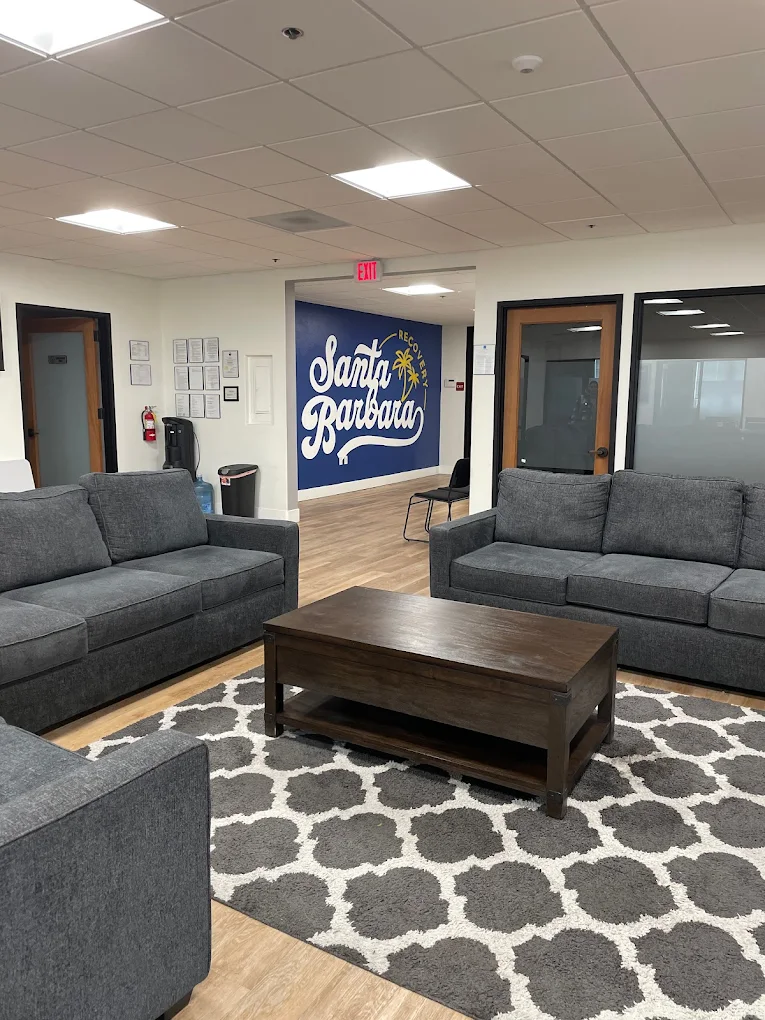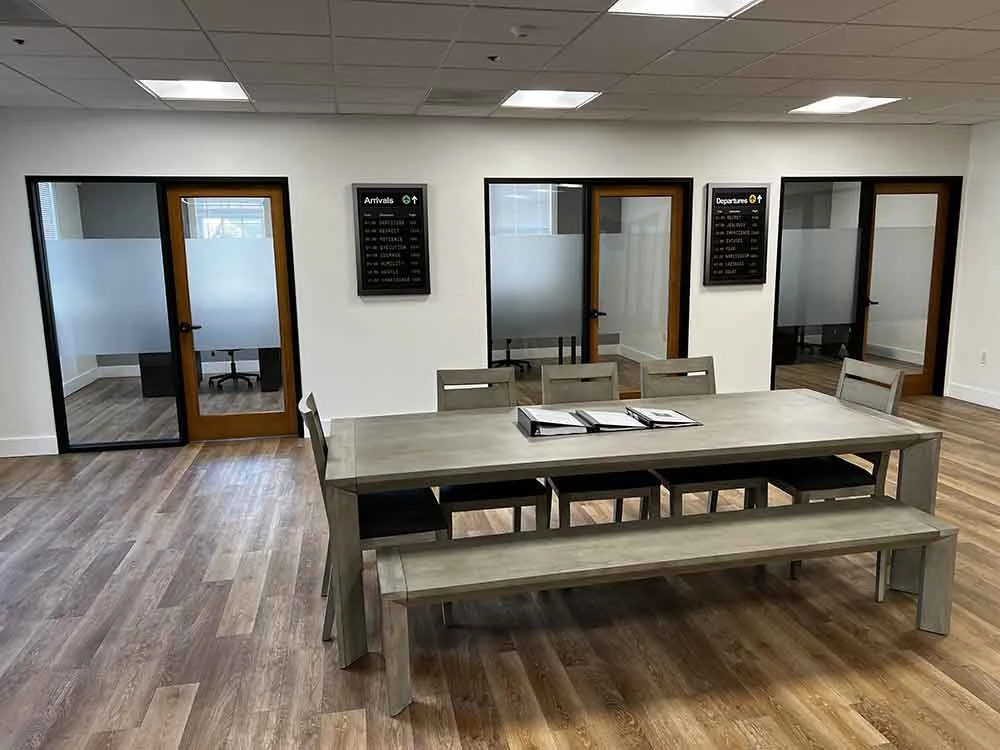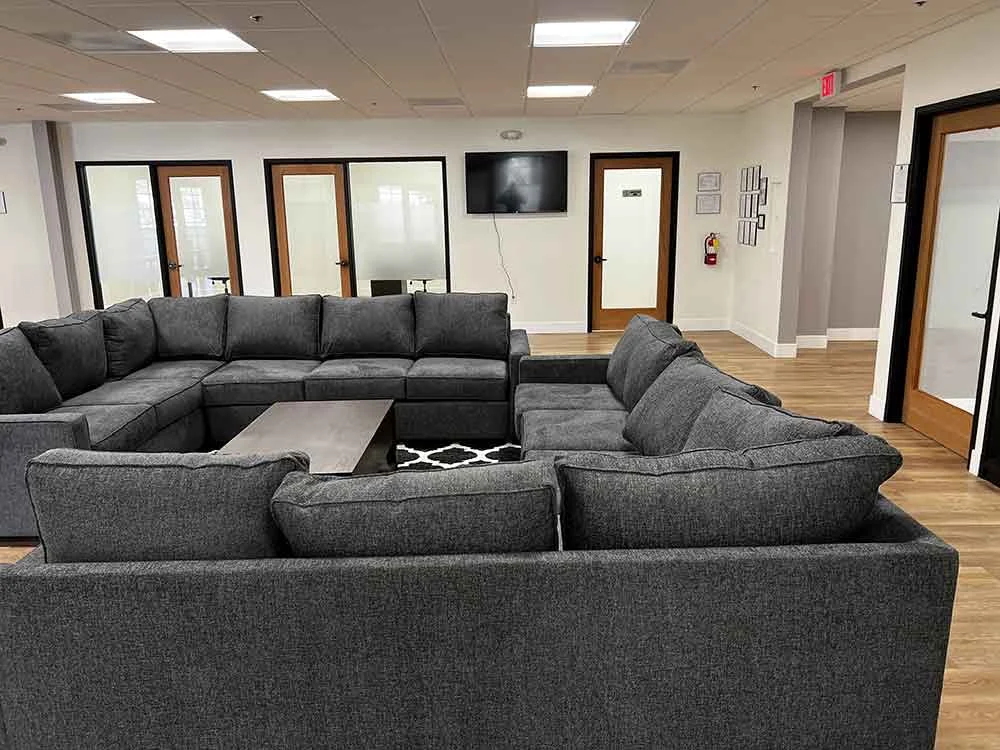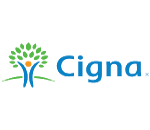Codependency and Enabling Behaviors: Addressing the Issue and Breaking the Cycle
Living with addiction can be an incredibly challenging experience, not only for the individual struggling with substance abuse but also for their families. One common issue that arises in families affected by addiction is codependency. Codependency refers to a dysfunctional pattern of behavior where family members enable the addicted individual’s substance abuse. These enabling behaviors can hinder recovery and perpetuate the cycle of addiction. In this article, we will delve into the topic of codependency within families affected by addiction, discuss enabling behaviors, and provide strategies for family members to break the cycle.
Understanding Codependency
Codependency is a complex and multifaceted issue that often develops in families affected by addiction. It is characterized by an excessive reliance on the addicted individual for emotional and psychological well-being. Codependent family members may feel a strong need to take care of the addicted person, neglecting their own needs in the process. They may also enable the addict’s behavior, inadvertently supporting their substance abuse.
Enabling Behaviors: Hindering Recovery
Enabling behaviors are actions or attitudes that inadvertently support and perpetuate an individual’s addiction. Family members engaging in enabling behaviors may do so out of love, compassion, or a desire to avoid conflict. However, these behaviors can hinder the addicted person’s recovery. Some common enabling behaviors include:
1. Denial : Family members may deny or downplay the severity of the addiction, making excuses for the individual’s behavior and minimizing the consequences.
2. Financial Support : Providing the addicted person with money or resources without accountability can enable their substance abuse by facilitating their access to drugs or alcohol.
3. Enmeshment : Family members may become overly involved in the addict’s life, neglecting their own well-being and enabling a sense of dependency.
4. Avoiding Confrontation : Fear of conflict or the desire to maintain peace within the family can lead to avoiding necessary conversations about the addiction and its impact.
5. Reduced stigma : Being part of a community can reduce the stigma associated with addiction and mental health issues, creating a safe space to discuss challenges and receive support.
6. Learning from others : Connecting with others in recovery can provide an opportunity to learn from others’ experiences and gain insight into new strategies or tools for maintaining progress.
Breaking the Cycle
Breaking the cycle of codependency and enabling behaviors is crucial for both the addicted individual and their family members. Here are some strategies to help family members break the cycle and support the recovery process:
1. Education and Awareness : Family members should educate themselves about addiction and codependency to gain a better understanding of the challenges involved. This knowledge can empower them to make informed decisions and set appropriate boundaries.
2. Seek Support : Joining support groups such as Al-Anon or seeking therapy can provide family members with a safe space to share their experiences, gain support from others who have gone through similar situations, and learn healthier coping mechanisms.
3. Enmeshment : Family members may become overly involved in the addict’s life, neglecting their own well-being and enabling a sense of dependency.
4. Establish Boundaries : Setting clear
boundaries is essential
in breaking the cycle of codependency. Family members need to define and communicate their limits, ensuring they prioritize their own well-being while encouraging the addicted person to take responsibility for their actions.
5. Practice Self-Care : Family members should prioritize their own physical, emotional, and mental health. Engaging in self-care activities, such as exercise, therapy, or pursuing personal interests, can help alleviate stress and promote overall well-being.
6. Encourage Treatment : Supporting the addicted individual’s decision to seek professional help is vital. Family members can provide information on available treatment options, offer to accompany them to appointments, and provide emotional support throughout the recovery process.
Frequently Asked Questions
Can codependency develop in any family affected by addiction?
Yes, codependency can develop in any family affected by addiction. It is a common response to the stress and challenges that come with living with addiction.
Are enabling behaviors always intentional?
No, enabling behaviors are often unintentional. Family members may engage in these behaviors out of love, concern, or a lack of understanding about addiction and its dynamics.
Is codependency limited to immediate family members?
No, codependency can extend to other relationships beyond immediate family members. It can involve partners, close friends, or even coworkers.
How long does it take to break the cycle of codependency?
Breaking the cycle of codependency is a gradual process that varies for each individual and family. It requires ongoing commitment, support, and self-reflection.
Are there professional resources available to help families affected by codependency?
Yes, there are various resources available, including therapists, support groups, and addiction treatment centers that specialize in addressing codependency within families. Reach out to local resources or consult with a healthcare professional for assistance.













